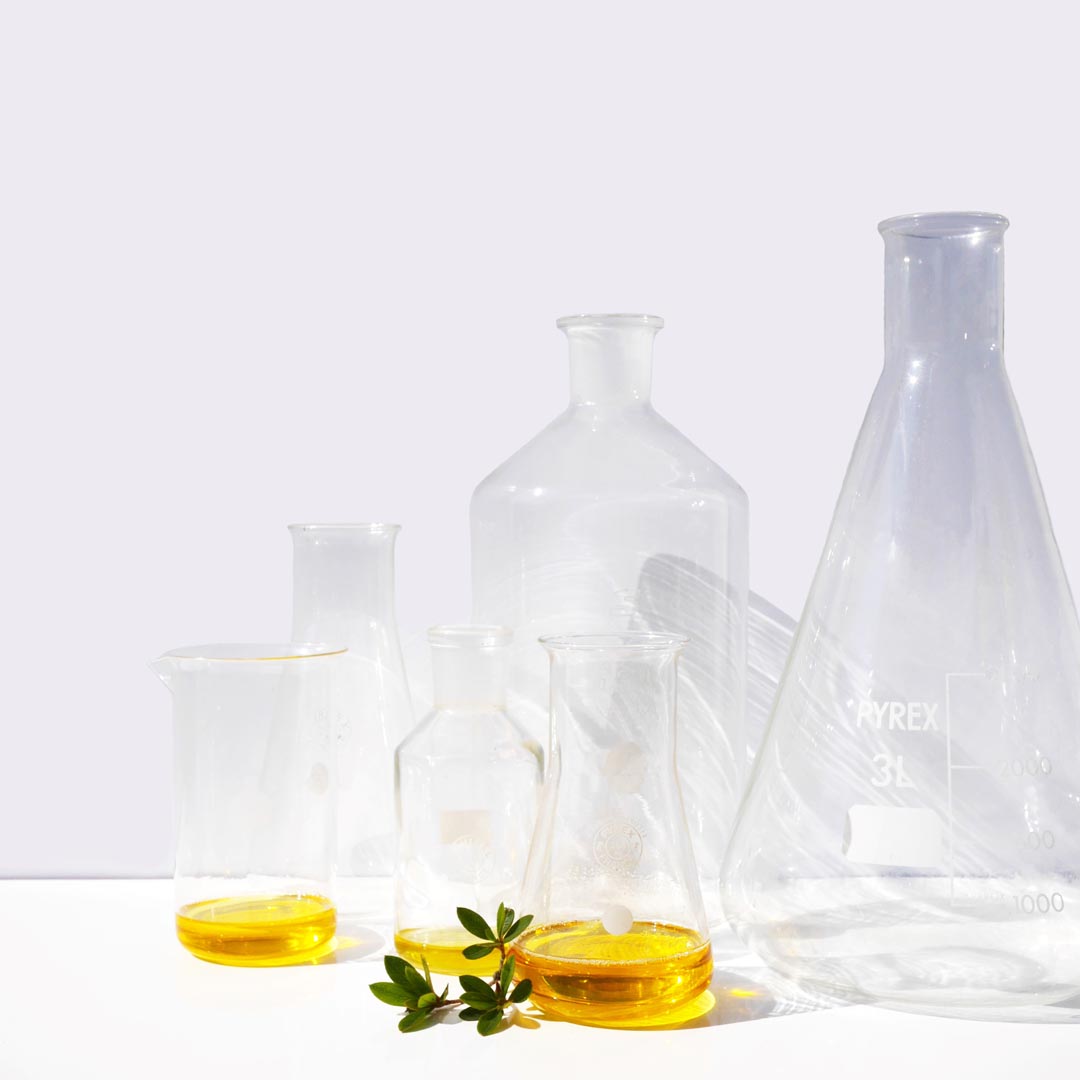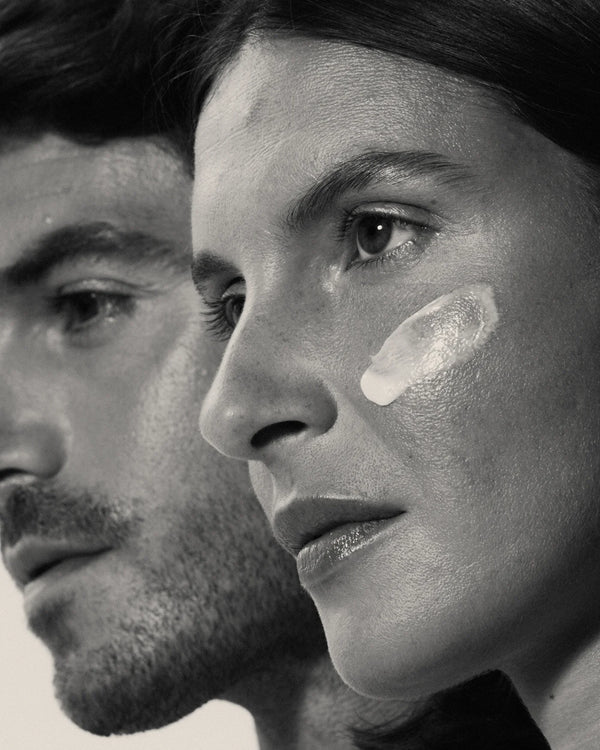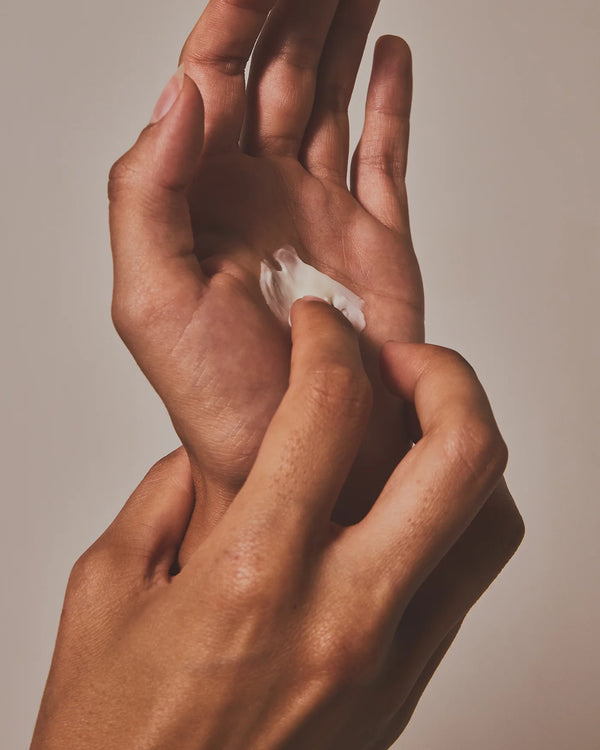🎁 Un Sérum Booster Pro-collagène Format voyage offert dès 90€ d'achat*!
-20%* on the “dry skin” range with 5 omegas. The 🎁 plus: a free mini flash glow mousse from 90€ of purchase!
-20%* on the “dry skin” range with 5 omegas. The 🎁 plus: a free mini flash glow mousse from 90€ of purchase!

✔ Vegetable oils are intended primarily for the nutrition of dry skin, but that does not mean that combination or oily skin* should be excluded!
✔ The skin is protected by a invisible bodyguard, the hydrolipidic film, made up of lipids coming from sebum. If this lipid film is damaged, a greater quantity of sebum will be produced and we will find an oily film on the skin. This is reactive seborrhea. Oils and therefore good quality fatty acids on oily skin help limit this phenomenon and contribute to the balance of the skin.
✔ 5 Omega make-up remover oil can be used on oily skin by adapting the use and frequency of use. To discover it click HERE.
* excluding acne-prone skin.
Let's not be so closed-minded!
We are receiving more and more questions, on our website and our Instagram account, regarding the use of oils and especially their application on oily skin. Sometimes you are hesitant to start because you fear the appearance of a greasy film on your face that could act as a light reflector during your next video conference!
The hydrolipidic film: a hero in the shadows!
Let me explain: our skin is protected on the surface by an invisible film, called the hydrolipidic film. It protects us from external aggressions, for example, prevents the water in our body from evaporating too quickly or helps make us waterproof(1)! Yes, without it, we would fill up with water every time we take a bath!
You may have already guessed it from its name: this film is composed in part of fatty acids, i.e., lipids. These fatty acids come from sebum, a lipid mixture secreted by our sebaceous glands, at the level of our hair and our hair follicles! There are between 100 and 1000 sebaceous glands per square centimeter (cm2) of skin(2)!
Sebum production varies from person to person, depending on their age, stress level, and especially hormonal changes(3). And as you may have understood, if this sebum production is too high, many lipids end up on the skin surface, and this greasy film loses its invisible character to be exposed to everyone's eyes!
Now that you know about the existence of this protective lipid film, I come to our question: why add oils to skin that already tends to be oily!


A fun slogan for an effective practice!
Imagine, your skin is like a little plant that needs care: if the external conditions make the plant well hydrated, well nourished, then you won't water it. On the other hand, if the external conditions are not favorable, for example, the weather is very dry, there is a lot of wind, then you will water it.
The same goes for the skin: if the lipid supply is optimal, the signals are green, the skin is protected, it does not feel attacked, and therefore, the sebaceous glands produce sebum normally. Conversely, if you cleanse your face too often or with products that are too aggressive, the lipids are damaged, and the hydrolipidic film is unbalanced.
The signals then turn red, and to compensate, the sebaceous glands can produce much more sebum locally(4). It then ends up on the surface, and the dreaded greasy film you wanted to get rid of is back!
This surprising phenomenon has a name, it's called reactive seborrhea(1). According to the numerous publications we have studied within our scientific team, it is due to a localized regulation by our sebaceous glands in a completely autonomous way. This even earned them the nickname of "skin brain" according to some researchers(5). Skin cells never cease to amaze us!


Your skin deserves good care.
Coconut oil, olive oil, linseed oil, jojoba oil, etc. All oils are different, and they are not all suitable for use on the face, especially if your skin tends to be oily in certain areas. I will explain in a future article the parameters to consider, including the omega content or the extraction process.
(1) Onyirimba, A. (2018). Hyperséborrhée : physiologie, facteurs impliqués, mécanismes et conséquences.
(2) Adler, Y. (2017). Dans ma peau. Solar
(3) Zouboulis, C., Chen, W.-C., Thornton, M., & Rosenfield, R. (2007). Sexual Hormones in Human Skin. Metab. Res.(39), 85-95.
(4) Achibald A., S. S. (1973). A non-endocrine control of sebum secretion. Derm. Forsch.(246), 175-180.
(5) Zouboulis, C. (2014). The Brain of the skin : Sebaceous Gland. Lipids and Skin Health, 109-125.
Beautiful skin is, above all,
healthy skin.
Creating another way of achieving beauty is a necessity. For 15 years, Novexpert has been committed to demanding cosmetics based on science and facts. They are researchers fascinated by science, passionate about skin and health.
And here is what we do.
Explain, transmit and learn: how the body works, how the skin works.
Formulate, without compromising: 100% healthy products, because they are 100% of natural origin, highly concentrated active ingredients.
Test, study, adjust, for treatments with clinically proven effectiveness.
Support, provide what is missing in a serum, a food supplement or a treatment: nutrition, sleep, daily advice and recommendations.
Create a new type of treatment to take care of your skin.

